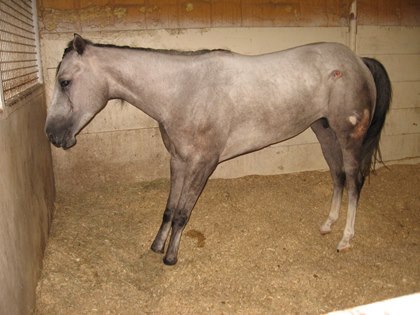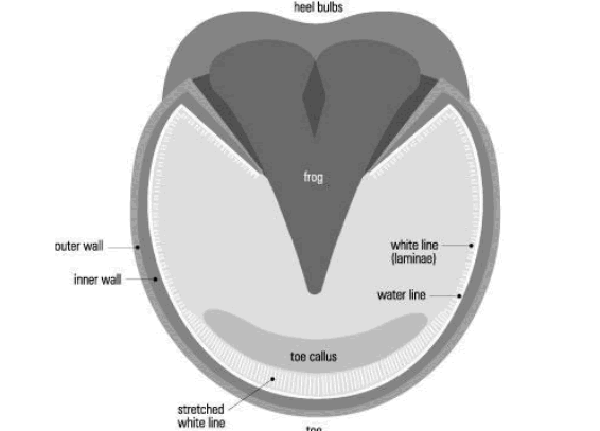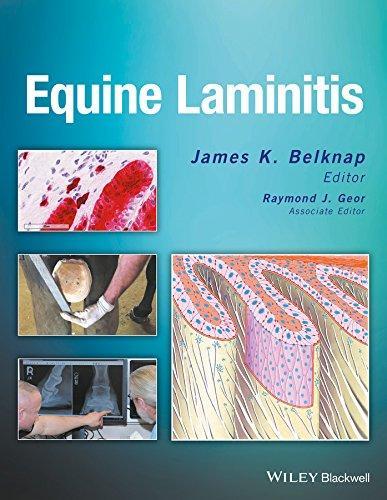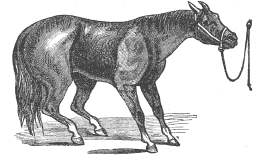Chronic Laminitis Definition

The horse s hoof will have the appearance of growth rings around the hoof wall which generally indicates that it has suffered from laminitis in the past.
Chronic laminitis definition. Chronic laminitis is classically defined as the case in which distal phalanx displacement has occurred regardless of the duration of the disease. These horses typically have a past history of laminitis from which they have recovered and are sound in the warmer times of the year but the arrival of cold weather triggers the pain. For example if the horse has experienced laminitis due to carbohydrate. Clinical laminitis may be prevented if cryotherapy icing is initiated during the developmental phase.
Chronic laminitis represents the situation in which disease of the hoof lamellar interface has resulted in abnormal hoof growth or deformity and may nor may not be associated with pain lameness. Every horse is different and will show different symptoms and different degrees of pain recognise and investigate any of these signs too many horses go undiagnosed because the early signs of laminitis are not picked up the earlier you recognise the symptoms remove the. The acute phase is the first 72 hours following the initiation of clinical signs. Treatment response during this time determines if the horse will go into the subacute phase or chronic phase.
How the horse develops chronic laminitis impacts how the veterinarian and owner manage initial and long term treatment. Symptoms will change as laminitis progresses from acute to chronic. Chronic laminitis a horse with chronic laminitis will show signs of ongoing symptoms that are generally a result of a relapse from previous attacks. However founder usually refers to a chronic long term condition associated with rotation of the coffin bone whereas acute laminitis refers to symptoms associated with a sudden initial attack including pain and inflammation of the laminae.
The terms laminitis and founder are used interchangeably.










































